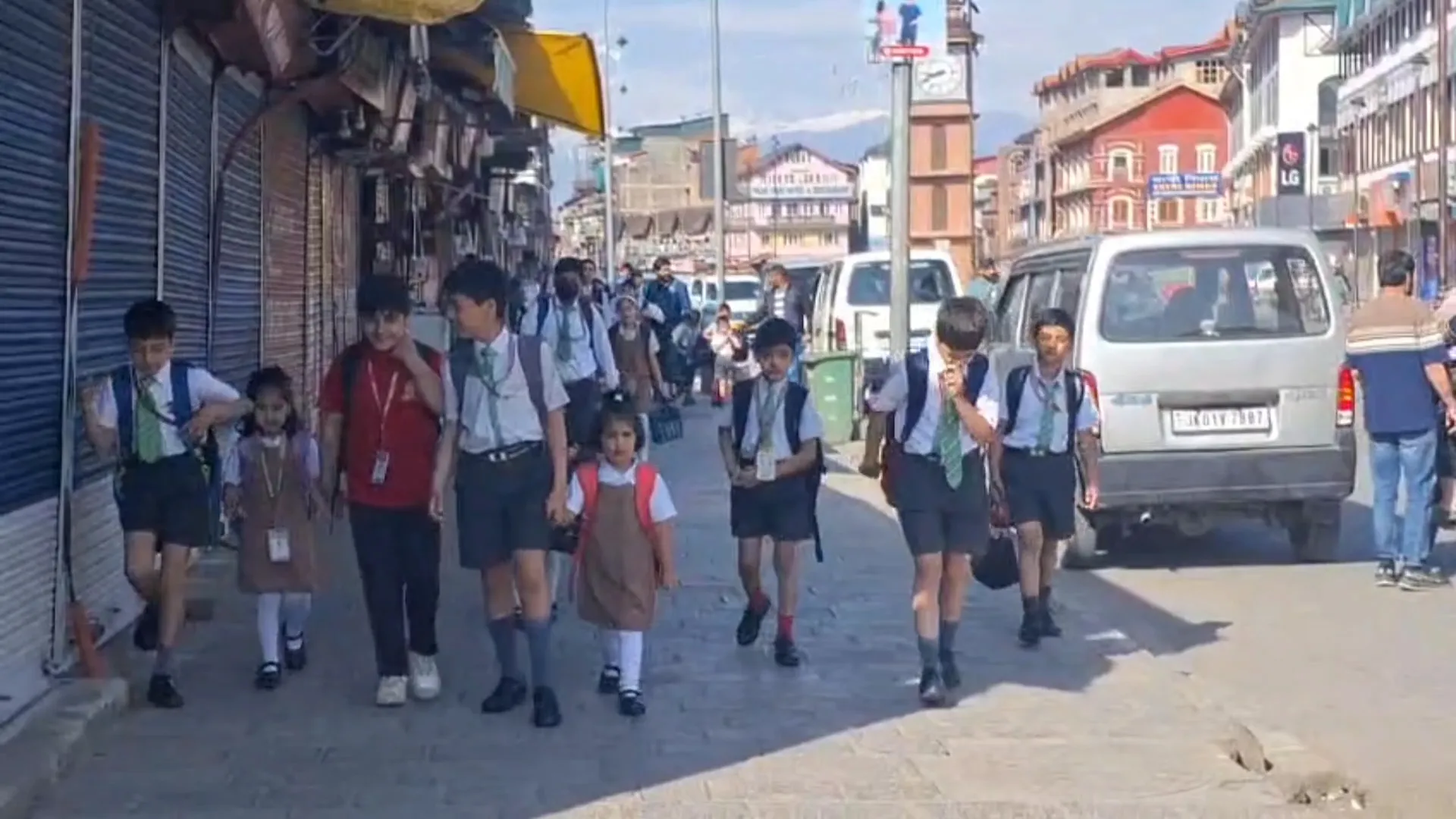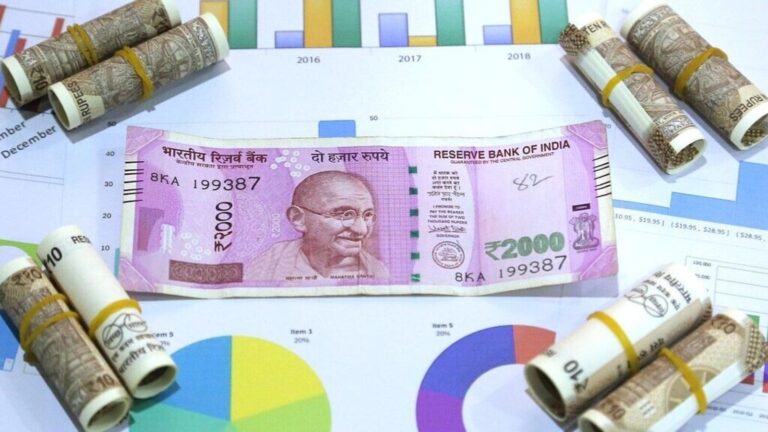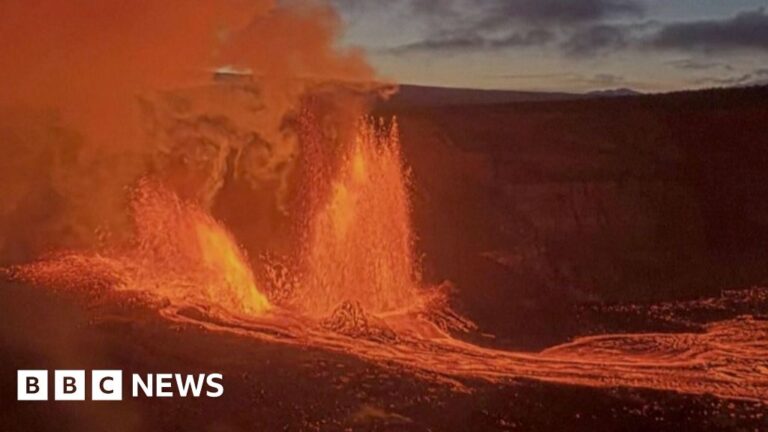Parents Raise Concerns Over New School Timing in Kashmir Amid Heat Wave: Is It Enough?
Srinagar, May 28: In a recent move, the School Education Department (SED) announced a change in the timing of schools across the Kashmir division, aiming to mitigate the impact of the ongoing heat wave. However, the adjustment has been met with skepticism from various stakeholders who argue that the new schedule lacks substantive changes.
The Directorate of School Education Kashmir (DSEK) set the new timing for schools within the Srinagar Municipal limits from 8:30 AM to 2:30 PM, while schools outside the municipal limits would operate from 9:00 AM to 3:00 PM. Though the intention behind this altered schedule is to provide relief from extreme temperatures, many parents and educators believe it does little to address the actual conditions faced by students.
Concerns About the Efficacy of New Timings
Local stakeholders, particularly parents, have raised significant concerns about the practicality of the revised timings. Mansoor Ahmad, a parent from Srinagar, stated, “Just reducing the timing by half an hour in the afternoon and morning does not make any difference. Heat waves peak around 2 PM to 3 PM, and children leave school at nearly the same time.” This sentiment is echoed by numerous other parents who feel that the changes are cosmetic rather than substantive.
Many parents are urging the establishment of a timing model akin to that used in Delhi, where schools typically operate from 8 AM to 1:30 PM during the hottest months. This schedule would allow students to complete their school day before the searing heat becomes oppressive. “An earlier start would make sure that children are not leaving school during peak heat intensity, thereby safeguarding their health,” echoed another concerned parent.
The Risk of Heat-Related Health Issues
The rising concern surrounding children’s health during peak summer temperatures cannot be understated. Parents have expressed fears of potential heat strokes, especially given the current conditions. Many schools employ small vans or buses for transport, which often lack proper air conditioning. Consequently, commuting during the hottest parts of the day could pose serious health risks for young children.
- Heat waves in Kashmir often peak between 2 PM and 3 PM.
- Transport vehicles for students are typically overcrowded and poorly ventilated.
- Many parents fear that children commuting in this heat could suffer from heat exhaustion or related illnesses.
Parents argue that shift adjustments set at 8:30 AM to 1:30 PM would significantly mitigate these risks and provide a safer environment. A transition to a later hour of 8:30 AM to 2 PM could be suitable as summer transitions away from heat waves, promoting a healthier routine for students.
Official Response to Concerns
In response to the rising anxieties surrounding school timings, Education Minister Sakina Itoo addressed the ongoing issues. “The heat wave in Kashmir is not as intense as that in Delhi; our temperature typically lowers with rain.” She further explained that the department is trying to strike a balance, adding, “For now, we will maintain these timings for schools and will reassess the situation if necessary.”
A Call for Action
As the situation develops, it remains crucial for all parties to engage in a dialogue aimed at finding a middle ground that prioritizes student health and learning. While local authorities must consider unique geographic and climatic factors, responsive actions to address parental concerns can pave the way for a more sustainable solution.
With summer bearing down, the onus now lies with educational and health authorities to take proactive measures that prioritize the safety and well-being of students throughout the region. Keeping all channels of communication open and seeking stakeholder feedback will be essential in crafting policies that truly support the needs of the community.
In the coming weeks, it will be vital to monitor the impacts of the newly implemented school timings on both student attendance and health indicators. This situation could serve as a case study for similar regions grappling with the effects of climate change on educational practices.





